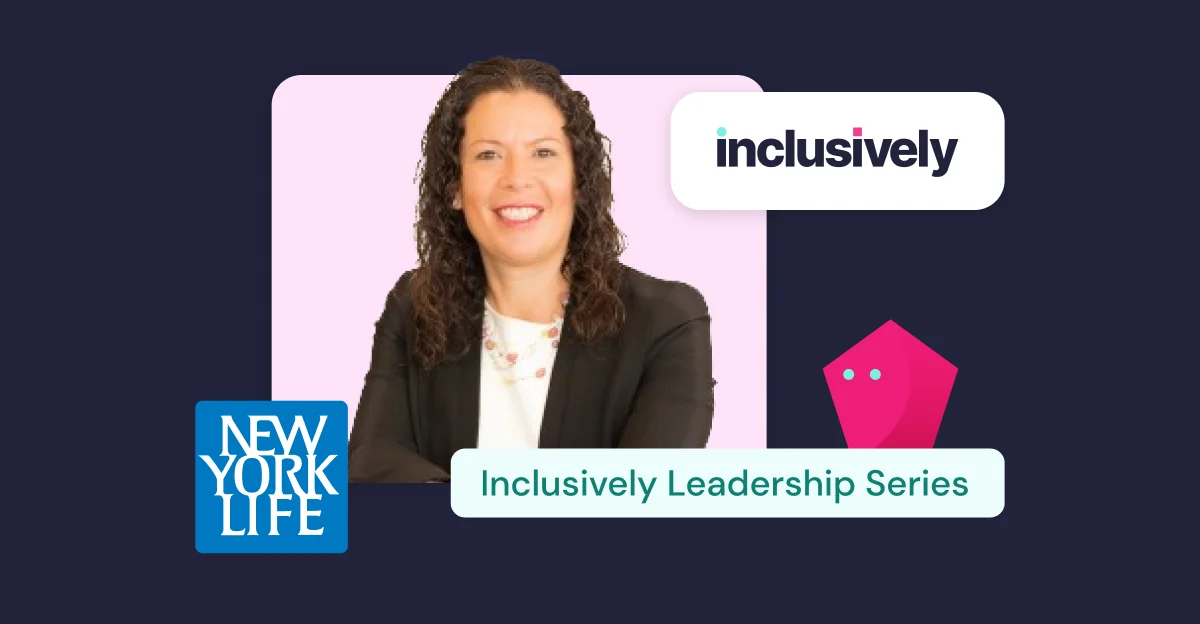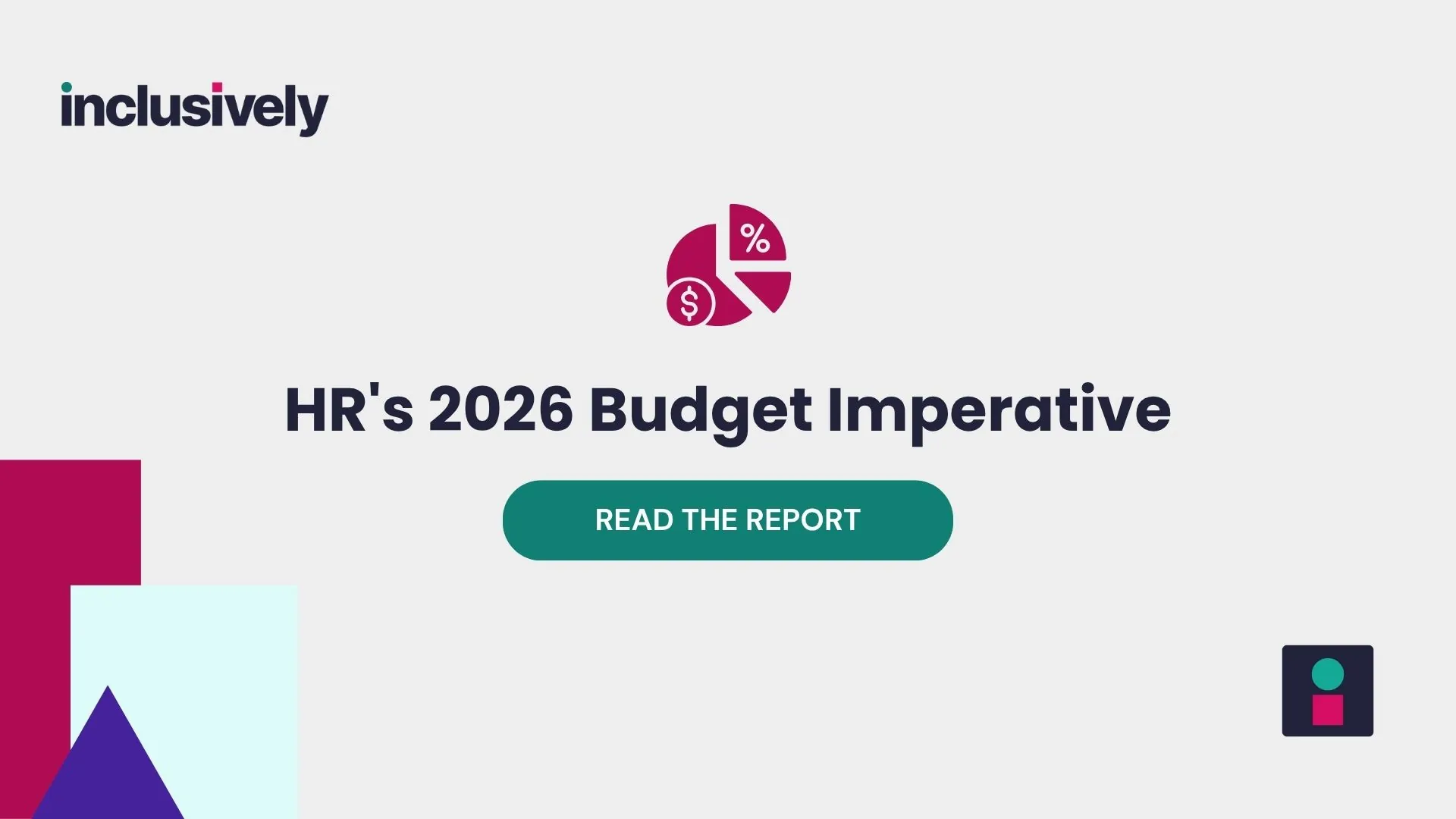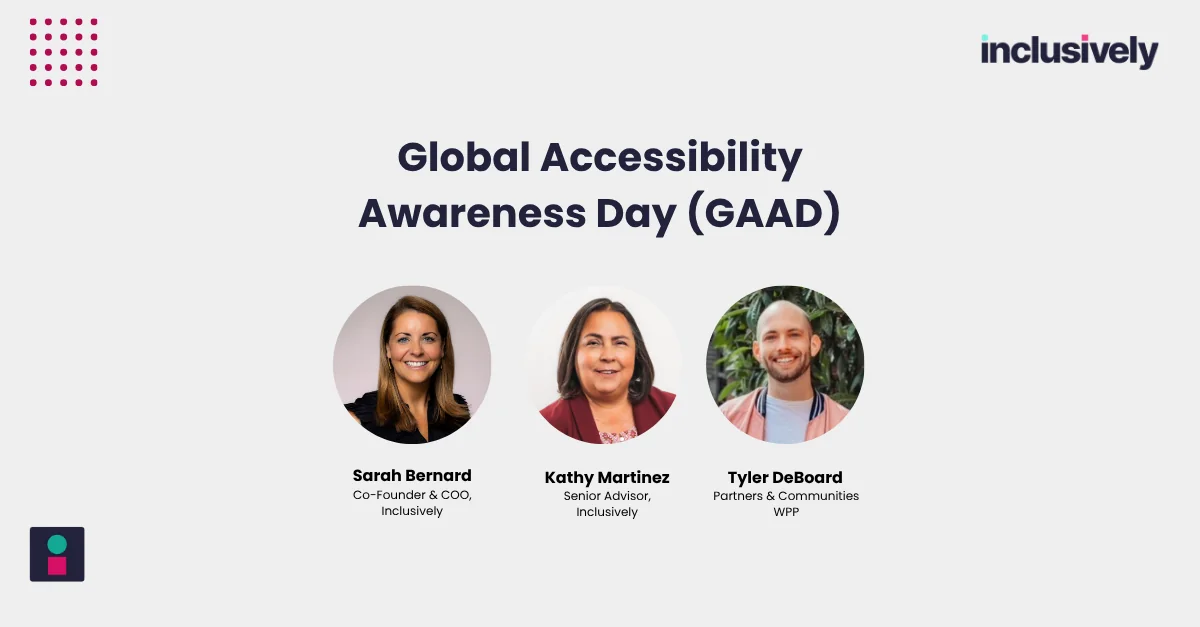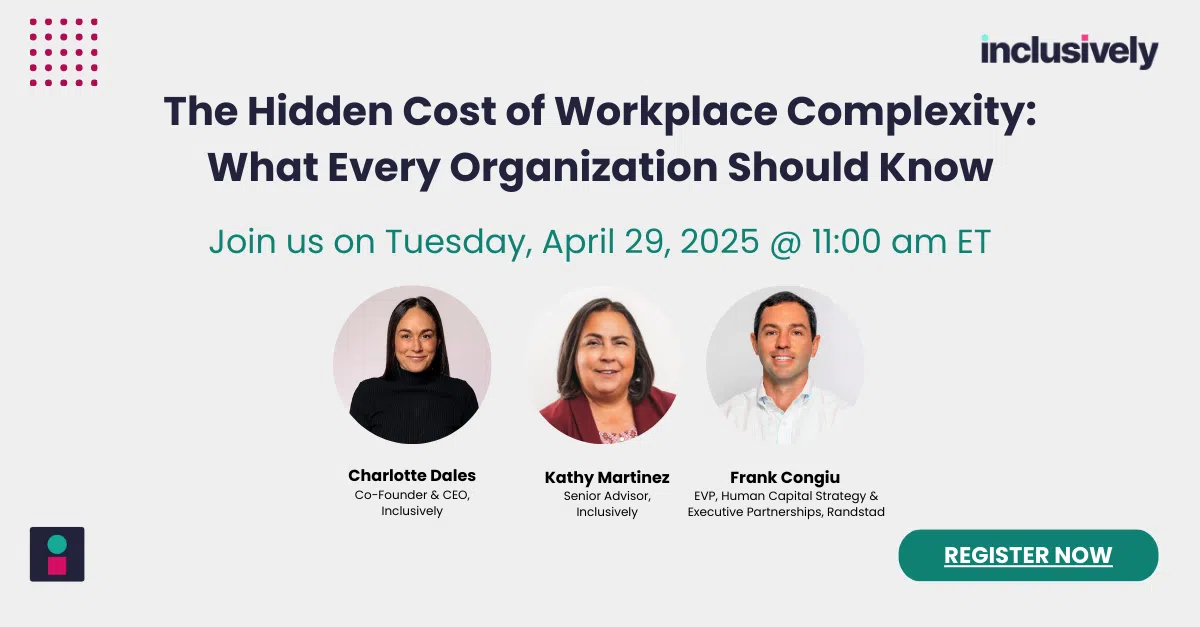This piece is part of our Inclusively Leadership Series, where we explore different companies’ approaches, successes, and learnings around Disability Inclusion. In this edition, we spoke to Jomil Guerrero, Chief Diversity Officer at New York Life.
At New York Life, the journey towards embracing disability inclusion in the workplace has been marked by impactful strategies and initiatives.
Leading these efforts is Jomil Guerrero, New York Life’s Chief Diversity Officer, whose insights offer a window into the company’s approach to inclusivity.
“My role is meant to build on the company’s strong foundation and to continue to embed a culture that integrates the principles of diversity, equity, and inclusion into all facets of the enterprise,” she says. “That includes talent strategies, professional development, community support, and more.”
One focus is on raising awareness and providing community support through ENABLE, New York Life’s employee resource group dedicated to advocacy for and education about people with visible and invisible disabilities. Some of the programming provided by ENABLE in 2023 included a moderated conversation about community and mental health, as well as a panel discussion with employees who discussed their experiences with disabilities.
Externally, partnering with organizations like Inclusively helps New York Life with their talent strategies.
“Through partners like Inclusively and others, we can source talent directly from the disability community through job boards and by developing more inclusive language for our job postings,” Guerrero says.
A key aspect of Guerrero’s approach involves addressing common misconceptions about disability in the workplace.
“The absence of a visible disability is not evidence that a disability does not exist,” she says. “As someone with an autistic son, I’m passionate about dispelling this misconception.”
She notes that many disabilities, whether physical, mental, or neurological, aren’t immediately apparent and may affect a person’s movements, senses, or daily activities.
Importantly, many individuals with disabilities also remain active participants in their work, families, sports, or hobbies. She plans to challenge misperceptions about disabilities through education, connection, leadership engagement, and communication.
In addition, New York Life recently launched Hinge Health, an exercise therapy program specifically designed to assist in managing back and joint pain — the kinds of pains commonly associated with invisible disabilities such as Fibromyalgia or arthritis. This digital exercise therapy program caters to employees, agents, and dependents over 18 years old enrolled in an Aetna medical plan. It comes at no extra cost, and is accessible anywhere, anytime.
“My advice to another organization looking to improve disability inclusion is to encourage senior leaders to be open about any experiences they have with a disability.”
Guerrero witnessed how transformative taking this kind of step can be, when one of New York Life’s senior leaders created a poignant video sharing his family’s journey with mental illness and death by suicide.
“A company leader’s willingness to be vocal and transparent can not only inspire others but also helps develop a culture that values empathy and understanding,” she says. “This fosters a safe environment where individuals feel encouraged to share their own stories.”
There have been other shifts and notable wins. Engagement in ENABLE has surged, and an increase in the company’s Disability Equality Index score shows that New York Life’s inclusion strategies are paying off. In addition, in 2023, New York Life was recognized as a Leading Disability Employer by the National Organization on Disability.
“A move from a 70% score in 2022 to 100% in 2023 isn’t just a numerical shift — it represents a significant cultural change within our organization,” Guerrero says. “It showcases our dedication and the meaningful adjustments we’ve made based on insights from reporting and research.”
Jomil Guerrero also experienced pivotal moments of understanding with her son Matthew, who is autistic.
While attending a conference where Haben Girma, a deafblind Harvard Law graduate, spoke on ableism — and then dialoguing with Haben at a dinner — Guerrero recognized her own unintentional ableist tendencies in being overly protective of Matthew.
Inspired by Girma’s encouragement to foster independence, Guerrero faced a real-life opportunity to apply this when her son was invited to a movie without adult supervision.
“Up to that point, Matthew had never been out without adult supervision,” Guerrero says. “I discussed it with my husband and took a deep breath and allowed him to go. Admittedly, I may have been hiding behind a few bushes to see how it would go, but my son went out with his friends that day. They even left the park at one point and walked a couple of blocks to get some pizza.”
These experiences helped Guerrero realize that even with the best of intentions, we can sometimes place limits on others because we cannot see the possibilities.
“We need to create room for people of all abilities to reach their maximum potential.”



